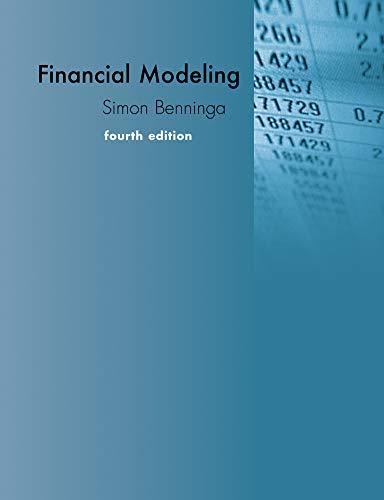Question
The Golf Club has been operating for over 100 years and has a rich historic tradition. The club is a place where members can entertain
The Golf Club has been operating for over 100 years and has a rich historic tradition. The club is a place where members can entertain family friends and clients proudly. In addition to golf the club also includes curling tennis fitness and social memberships. Food and drinks are provided via a full restaurant an indoor seating area. Organizational Structure: The club is governed by nine board of directors each serving a three-year term. Three members are replaced each year to provide fresh opinions mixed with longer tenure so that larger projects can be understood from beginning to end. The general manager reports to the board and has three direct reports. 1. Golf operations manager - a golf pro who runs the pro shop and all golf operations. 2. Golf course Superintendent - manages grounds crew in maintains the golf course. 3. Director, Finance - the financial steward for the club. 4. Clubhouse manager - responsible for all facilities, food and beverage operations, ice rink, tennis courts, club house, restaurant, and the parking lot. An annual budget is prepared by management and approved by the board in March for the next fiscal year the club's fiscal year ends on March 31st. The Members: The expensive initiation fees, long rich heritage of the club and relatively high ongoing annual dues results in the members being a somewhat demanding, discerning group. The members are used to being in the best surroundings and expect their club to provide impeccable experiences. They pay a lot and accordingly, they expect a lot. The club has several membership types: 1. Golf memberships - 670 members with annual dues of $8,000 per year. 2. Tennis memberships 150 members with annual dues of $3,000 per year. 3. Curling memberships 125 members at $3000 per year 4. Social memberships 500 members at $2500 per year. Typically, 16 to 24 new golf members join each year as they fill memberships that become vacant. New golf members pay a one-time Initiation fee $60,000. Background on the problem: During the COVID-19 pandemic, outdoor eating became a priority, so a decision was made and approved by the Board to fund an expansion and revitalization of the outdoor eating area. The current seating of 100 people was to be increased to 140 and the appearance and feel was to be greatly improved. The estimated cost that was approved to be spent from capital inflows was $2.5 million. The annual dues paid by members generally fund the annual operations and the one-time initiation fees fund capital improvement projects such as this one. Prior to the pandemic, the Club was already moving ahead with projects to update the clubhouse and the kitchen. These projects were stopped in favor of the outdoor seating patio area. Given the amount of annual dues members pay, creating the best clubhouse, restaurant and sporting facility experience is critical. Members have to be proud to use show off the facilities as they entertain friends, family and business clients. Member experience during and after any projects is a key consideration in operating the club. Once the construction starts, the project should take four months to complete. The board decided that it would fund this project with a combination of capital reserves as well as a bank loan to cover the gap. The Problem: Architect drawings, permits and construction quotes have been received. Construction projects usually take longer to get started and finish than initial plans. This project is no exception. As time passed and the pandemic became less of a behaviour driver, some members and club management question whether the money is best spent on this or other projects. Actual quotes to complete the construction have come in at $3.5 million or higher. The extra $1,000,000 is not approved yet and there's currently no source of funds for it. Approval of the members and Board will be required for any material changes in the cost or execution of the project. The Question: Three alternatives are under consideration: 1. Continue with the project. Get approval from the Board and membership to spend the additional $1,000,000. Manage the project to a slower timeline to let more initiation fees be accumulated to fund the gap. 2. Continue with a scaled down version of the project, so it can be completed within the $2.5 million approved budget. This might include not expanding the capacity or using less expensive finishes. 3. Scrap the project and reimagine a renovation of the kitchen and clubhouse. This would likely be a costlier project but recognize that the need for the patio has diminished as the pandemic has become less of an issue. 4. In addition to the three alternatives listed, you should add one more that you feel should be considered. Make up any assumptions you need but try to be reasonable. Required: Submit a two-page Word document - double spaced - less than 600 words - that includes a summary of the following: 1. A clear statement of the problem. 2. Quantitative analysis [in in excel] and qualitative analysis, analyzing the four alternatives. 3. A recommendation of what you believe is the best path forward. 4. Include a summary table, a side-by-side comparative chart or graph. You can copy from excel in the body of your text to reinforce your analysis and recommendation.
Step by Step Solution
There are 3 Steps involved in it
Step: 1

Get Instant Access to Expert-Tailored Solutions
See step-by-step solutions with expert insights and AI powered tools for academic success
Step: 2

Step: 3

Ace Your Homework with AI
Get the answers you need in no time with our AI-driven, step-by-step assistance
Get Started


